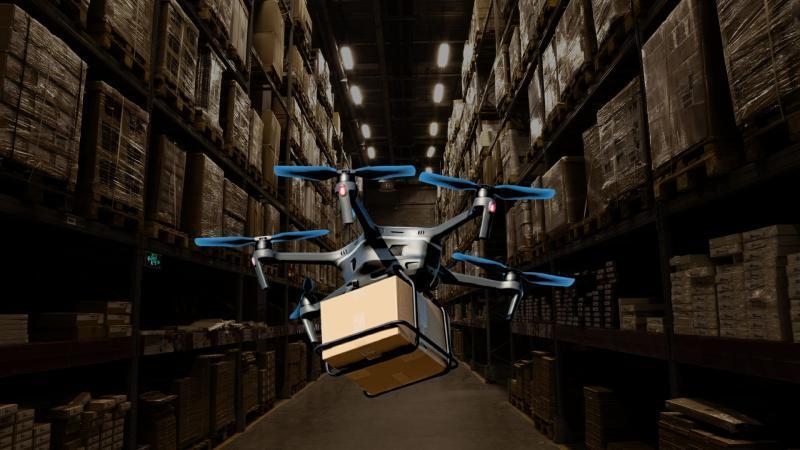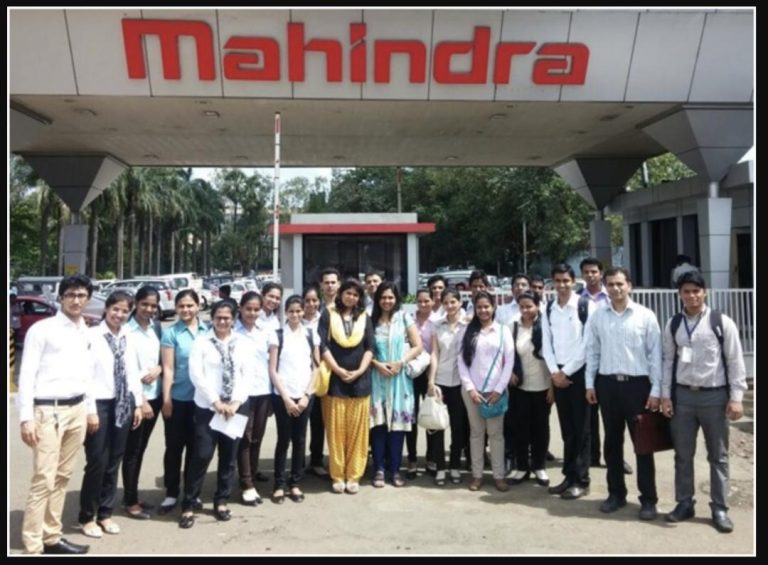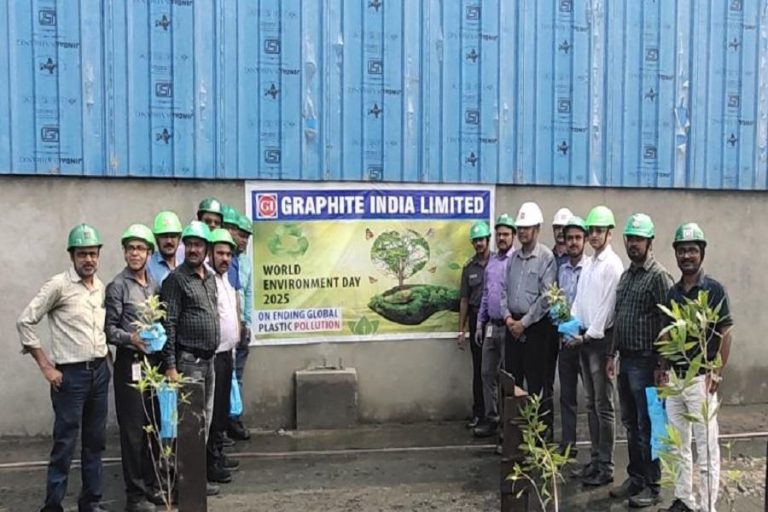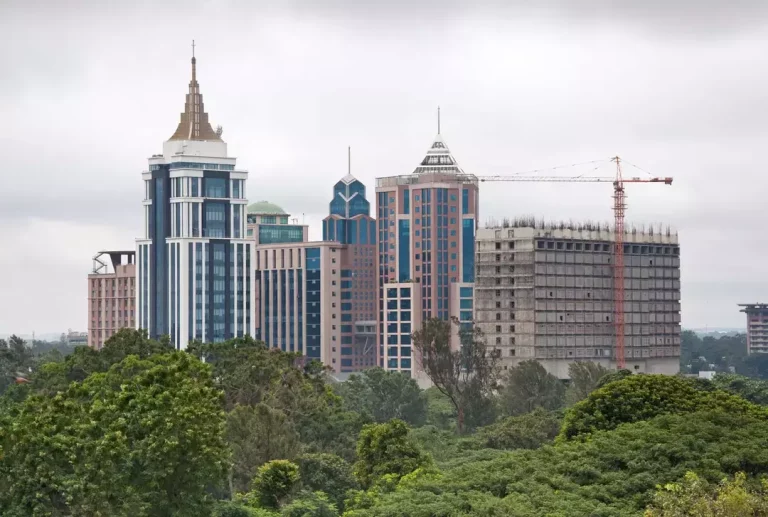
New Tech Optimizes Drone Fleets for Faster, Greener Deliveries
Imagine your packages arriving faster with a smaller environmental footprint. With the rise of e-commerce, last-mile delivery has become a significant challenge, and the traditional methods of transportation are not only time-consuming but also contribute to greenhouse gas emissions. To address this issue, researchers have developed a novel algorithm that optimizes drone delivery schedules, tackling the ‘Drone Warehouse Problem’ and paving the way for faster, greener deliveries.
The Drone Warehouse Problem refers to the logistical challenge of managing a fleet of drones, each with its unique characteristics, from varying sizes and weights to different speeds and payloads. This complexity makes it difficult for warehouses to efficiently manage their drone fleets, leading to delays and inefficiencies in the delivery process. The new algorithm developed by researchers aims to tackle this issue by optimizing drone delivery schedules, ensuring that parcels reach customers quickly and sustainably.
The algorithm, known as the ‘Drone Task Assignment and Routing Problem’ (DTARP), uses a combination of machine learning and optimization techniques to allocate tasks to drones, taking into account factors such as weather conditions, traffic, and drone availability. The system is designed to work in real-time, allowing it to adapt to changing conditions and optimize delivery routes accordingly.
The benefits of DTARP are numerous. For one, it enables warehouses to efficiently manage their drone fleets, reducing the time it takes to deliver packages. According to the researchers, the algorithm can reduce delivery times by up to 30% compared to traditional methods. Additionally, DTARP can help reduce the environmental impact of last-mile delivery by minimizing the number of drones required to complete a delivery task.
The technology has far-reaching implications for the logistics industry, which is under pressure to reduce its carbon footprint. With the rise of e-commerce, the demand for fast and efficient delivery is increasing, and traditional methods of transportation, such as trucks and vans, are not equipped to meet this demand. Drones, on the other hand, offer a scalable and sustainable solution for last-mile delivery.
The potential for DTARP to transform the logistics industry is significant. Imagine a future where packages are delivered quickly and efficiently, with a reduced environmental impact. This could be achieved by deploying a fleet of drones, each equipped with the DTARP algorithm, to deliver packages to customers. The algorithm would optimize delivery routes and schedules in real-time, ensuring that packages are delivered quickly and reliably.
The technology is not limited to e-commerce delivery either. DTARP could also be used in other industries, such as healthcare and emergency services, where timely delivery is critical. For example, a hospital could use a drone to transport medical supplies or organs for transplantation, reducing the risk of delays and improving patient outcomes.
While the technology is still in its early stages, the potential for DTARP to revolutionize the logistics industry is significant. As the demand for fast and efficient delivery continues to grow, the need for innovative solutions like DTARP will become increasingly important.
In conclusion, the new algorithm developed by researchers has the potential to transform the logistics industry by optimizing drone delivery schedules and reducing the environmental impact of last-mile delivery. With its ability to reduce delivery times and minimize the number of drones required to complete a delivery task, DTARP is a game-changer for the industry. As the technology continues to evolve, we can expect to see a significant shift towards faster, greener deliveries in the future.
Source: https://researchmatters.in/news/novel-algorithm-tackles-drone-warehouse-problem-faster-deliveries






